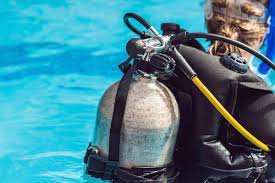
Why do divers carry oxygen cylinders
Divers carry oxygen cylinders, technically called scuba tanks, to breathe underwater since humans cannot extract oxygen from water like fish. These tanks typically contain compressed air (21% oxyge...
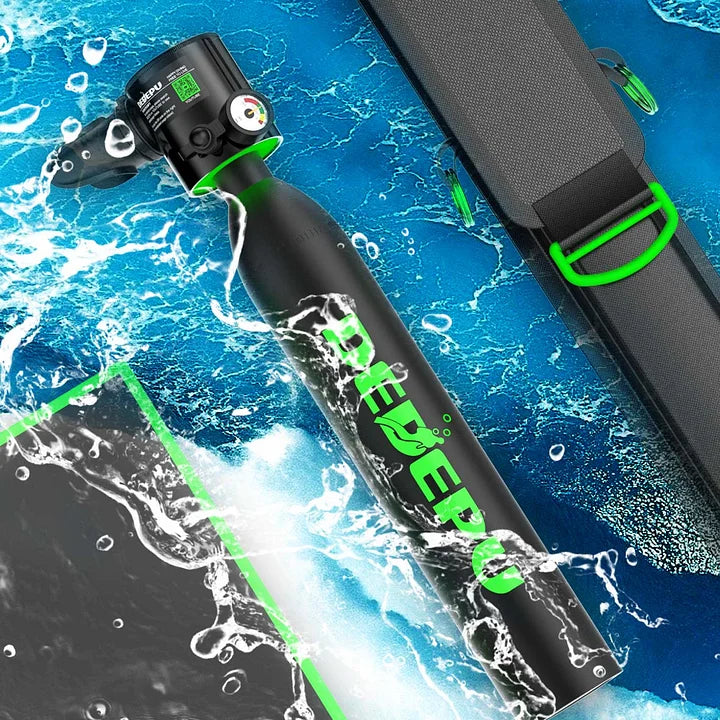
Tank Hydrostatic Testing: Full Process in 5 Steps
Hydrostatic testing safely checks tank strength by filling it with water at 1.5x working pressure for 10–30 minutes while monitoring for leaks or deformation; small tanks (<500 gal) take 1–2 hou...
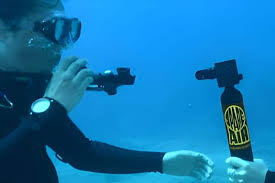
Flying with Mini Scuba Dive Tank: Airline Rules in 6 Steps
When flying with a mini scuba tank (under 2 kg and under 100 psi), follow airline rules in 6 steps: 1) Empty it completely (0 psi), 2) Remove the regulator, 3) Check with your airline (policies var...
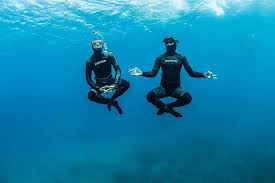
Skin Diving with Mini Scuba Tank: 6 Essential Safety Rules
Skin diving with a mini scuba tank offers a lightweight, portable alternative to traditional scuba gear, typically allowing 30–60 minutes of underwater exploration at depths of 10–20 feet (3–6 mete...
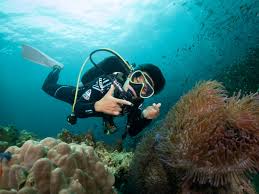
Emergency Procedures for Diving Cylinders: 5 Critical Steps
In emergencies, immediately close the cylinder valve to stop gas flow; check for leaks using soapy water (bubbles indicate leaks). Secure the cylinder upright to prevent falls, keep it away from he...
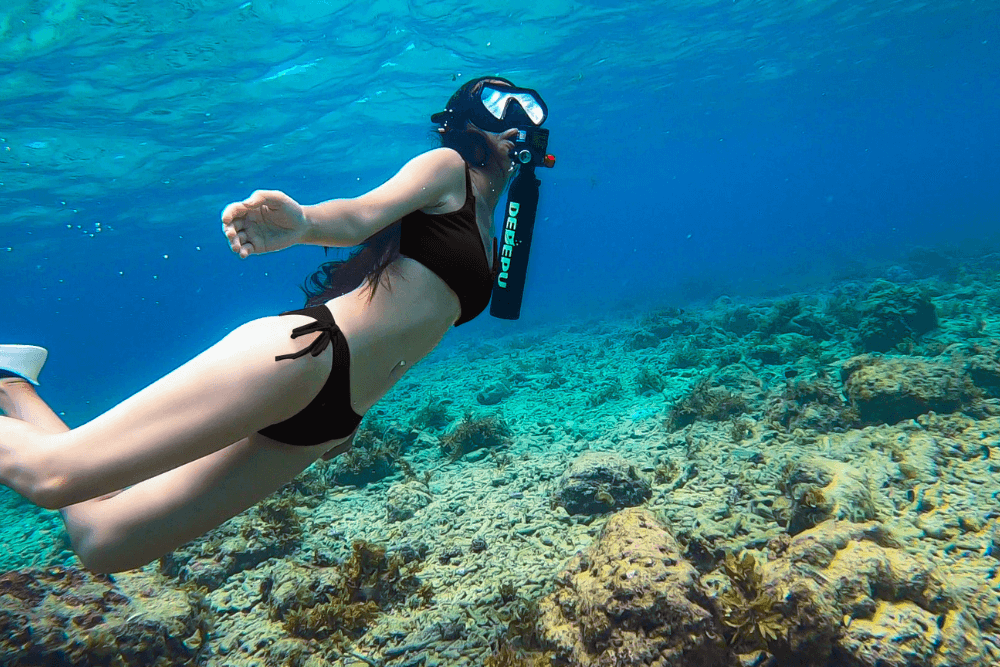
Pourquoi les plongeurs transportent-ils de mini réservoirs de plongée ?
Mini scuba tanks offer backup air, travel ease, and shallow dive freedom—perfect for beginners, boaters, and curious explorers.